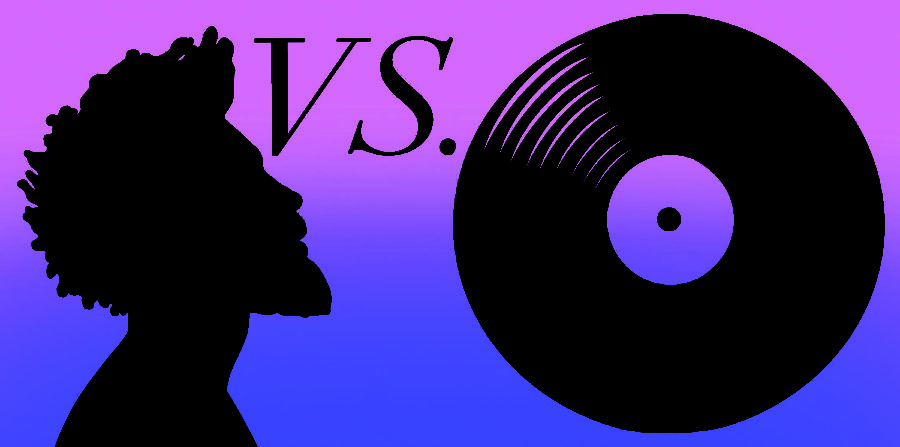Forgive and forget?
Photo by Anna Haley
September 26, 2022
It happens all too often. Whether it be a defamatory video or a resurfaced tweet from 2014, an artist who has easily risen to fame has become lost in the sea of controversy we call “Cancel Culture.”
As a former fan of Daniel Caesar, Billie Eillish and Sia, I have had to ask myself a difficult question: can I separate the art from the artist?
At very different times and points in their careers, they have been canceled. Sia was labeled as an ableist, Daniel Caesar defended a white woman who made many racially insensitive comments and Billie Eillish was called out for the racist actions of her ex-boyfriend, Tyler Vorce, who made many racist and homophobic remarks in the past, as well as her own racist actions.
I have stood on both sides of this debate. Even now, I am not sure about where I stand. I have morals, and what kind of person would I be if I chose to indulge in the music of those who go against everything I believe in? Sadly, I must confess that I have done just that.
As a member of the generation that invented “Cancel Culture,” I feel it is my responsibility to be just in all situations, but I am not the only member of Gen-Z that has committed this distasteful act. In fact, there are many people who defend the idea of separating the art from the artist.
Separating the art from the artist has become one of the most common moral dilemmas of the 21st century. Whether society likes it or not, there are still some people who believe that an artist cannot be completely separated from his or her work because of the personal connection they have to it. The art has to mean something to both the artist and the critic. The problem with this is that art can be interpreted in various ways, and that piece of art does not have to reflect the artist’s biography.
For the defenders of separating the artist from their art, the most common argument is that listening to a canceled person’s music is not something to be shamed for, as long as you can recognize that the artist has done, or said, something bad.
As humans, it is inevitable that we make mistakes. Luckily, we also have the ability to learn from our mistakes and better ourselves. “Cancel Culture” does not take this into account. Although this is a very valid argument, some of the “woke” members of this generation will not tolerate it.
JK Rowling is another great example of an artist that was chastised for her comments on the transgender community. The “Harry Potter” series shaped the childhoods of millions, and Rowling’s controversial claims have left her fans wondering if they can ever truly love the series like they had before.
Actor Daniel Radcliffe believes that we have the ability to separate the art from the artist, and we should. For those who identify themselves as transgender or non-binary, it is choice that they have to make for themselves. From there, the rest of us have to decide whether or not we can support someone who has targeted a vulnerable group of people and condemned them to something less than human.
In Rachel Gordon’s article, “When is it OK to separate the art from the artist?,” she states that there is not a clear right or wrong answer to this question. She argues that when the “twisted values,” of the artist are shown, we can never return to the state of ignorance we were once in the first time we viewed the art.
“Choosing to consume art created by individuals who enforce good values is how long-term change comes about,” Gordon said. “There’s a plethora of art to be enjoyed in the world, and one will never miss out by choosing to leave behind corrupt artists.”
















